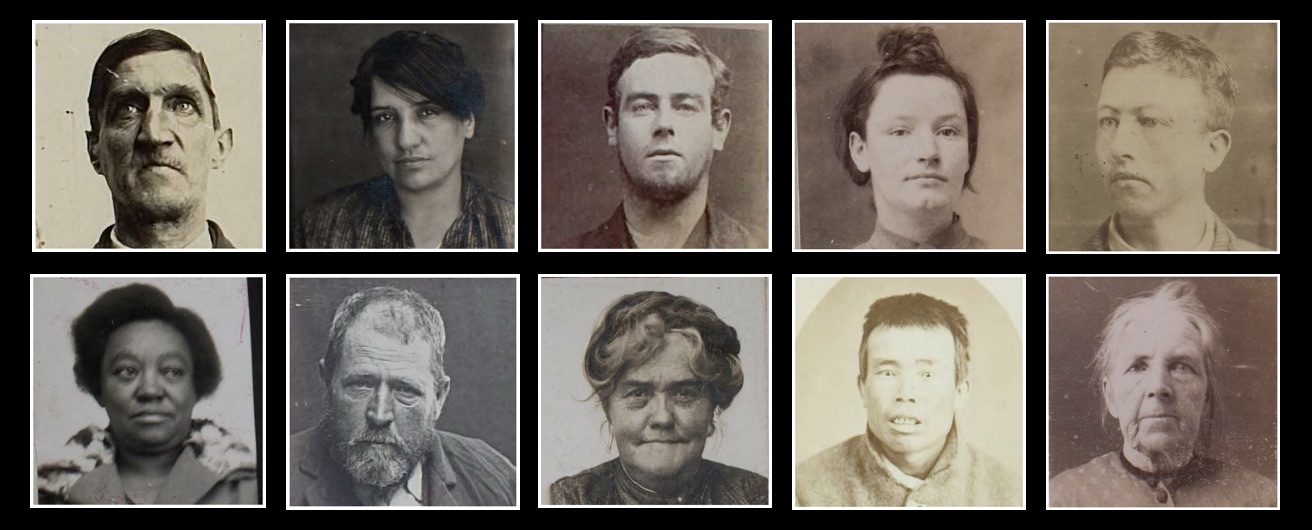Below you can view a chronological map of carceral sites established in Australia since colonisation through to today. Use the arrow button on the right hand side to click through the map in a timeline fashion, or click on individual map markers to navigate around locations on your own. Some of the locations have youtube video clips embedded that you can watch for more information about the site. If you want to zoom in on any location within the map, double click on the desired area.
Learning Activity
Having navigated the map and its content, reflect upon the following questions:
- What were the main turning points that you were able to discern in the administration of prisons and punishment?
- How has the focus of punishment changed (or stayed the same) across time?
- What similarities are evident between past and present systems and institutions?
- A number of the sites listed on the map either were used for locking up children and juveniles. How has juvenile justice changed or not changed across time? What similarities and differences are apparent between juvenile and adult detention facilities?
- Many of the historical institutions listed on the map have since been turned into museums or are open for public visits or tours. Why do you think this history should or should not be remembered? How can the stories of the sites be responsibly told? And why do you think these sites hold such fascination for the general community?

